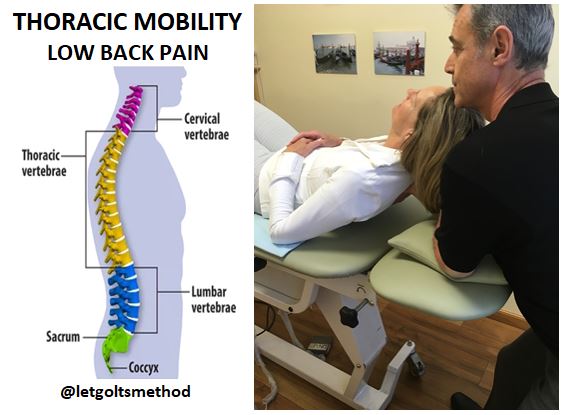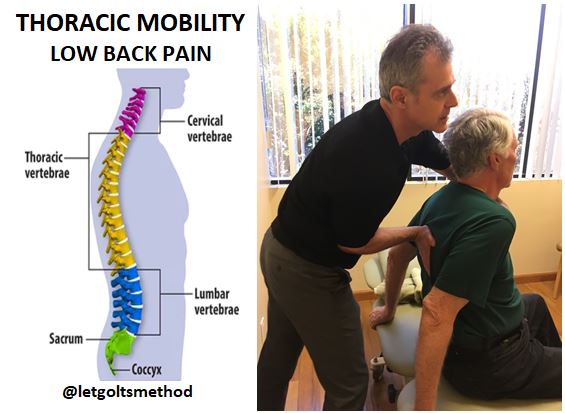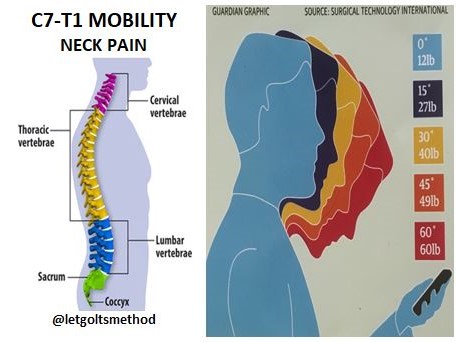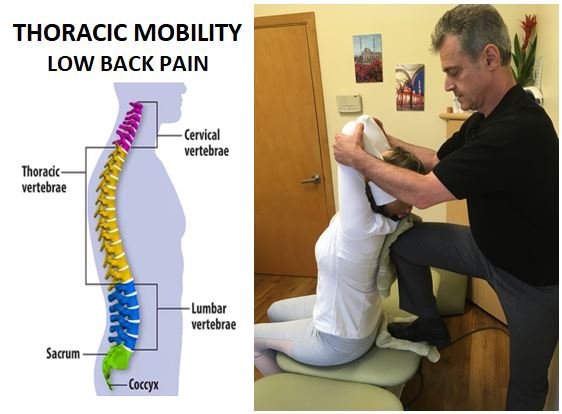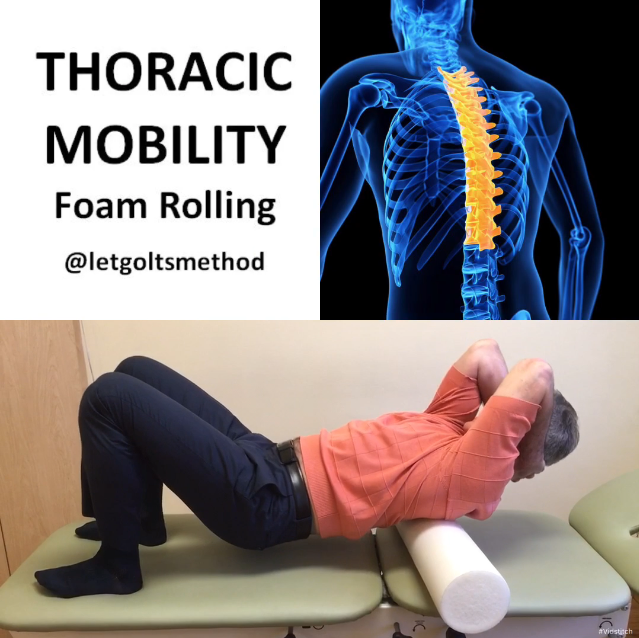Supine Thoracic Spine Mobilization
This mobilization for the thoracic spine involves the palm placed behind the stiff thoracic segments of the patient’s spine, while the other hand is used to support the patient’s head and take strain off the cervical spine. For this mobilization, we’re using the heel of the palm as a fulcrum and taking advantage of gravity to help facilitate movement and get those stiff segments to move.
Having the patient bring her arms up into flexion will help further facilitate extension of the thoracic segments, as the vertebrae naturally extends when the arms are brought over head. While the static mobilization shown in the first image is enough to aid in extension, this dynamic movement allows for a more effective mobilization.
Supine T-spine mob_arm flexion/extension
For patients who have exceptionally stiff thoracic spines and are more sensitive to something placed against the vertebrae to act as a fulcrum, this mobilization can be modified by having the patient on a sitting position. Dr. Letgolts can be seen pushing into the stiff segments (posteriorly -> anteriorly), while having the patient simultaneously lift up the chest and the chin. This action mimics the shoulder flexion that’s accompanied by thoracic extension.
 Los Angeles Magazine’s Best Physical Therapy Practice in LA
Los Angeles Magazine’s Best Physical Therapy Practice in LA

